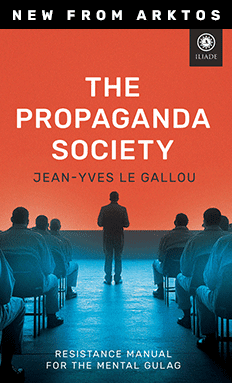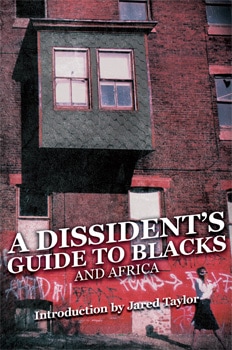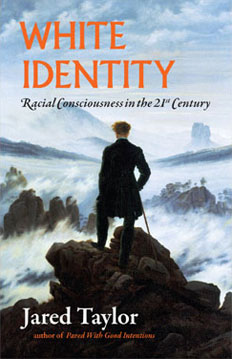Her Claim of Anti-Straight Bias Could Upend Discrimination Law
Justin Jouvenal and Taylor Telford, Washington Post, February 25, 2025
Marlean Ames was distraught in 2019 when she was bumped from an administrator position at the state agency overseeing youth corrections and replaced by a gay man who she says was less qualified.
Ames was demoted, and her pay was cut more than $40,000. A few months later, she lost a management job she had applied for to a woman who had not sought the position initially, according to a lawsuit Ames would soon file. That woman, too, was gay.
Ames’s job discrimination lawsuit makes an unusual claim that could upend how many of the nation’s courts have handled such cases for decades: The department, she says, was biased against straight people like her.
The Supreme Court is hearing oral arguments Wednesday in Ames’s bid to revive her case, which was stymied in the lower courts because of past rulings that set a higher legal bar for men, straight people and Whites to prove bias in the workplace than for groups that have historically faced discrimination. That higher standard is unconstitutional, her suit says.
The case is being closely watched by corporations and employment lawyers, many of whom expect the high court’s conservative supermajority to side with Ames, now 60, and make it easier for members of majority groups to sue.
“If she wins, the flood of reverse discrimination claims will be like nothing we’ve ever seen,” said Johnny C. Taylor Jr., chief executive of the human resources association SHRM. “Straight, White people everywhere could be filing.”
Some worry a ruling for Ames could chill workplace diversity, equity and inclusion (DEI) programs at a moment when President Donald Trump has made it a priority to roll back such initiatives across the country and squash “anti-White feeling.”
America First Legal, which was founded by top Trump aide Stephen Miller, asked the justices to side with Ames, arguing in a friend of the court brief that it is “highly suspect in this age of hiring based on ‘diversity, equity, and inclusion’” that majority groups face less discrimination on the job than minorities. The group has filed dozens of complaints and lawsuits on behalf of White people in recent years targeting DEI.
The NAACP Legal Defense and Education Fund urged the court to rule against Ames, saying a separate test to evaluate bias claims by majority groups is fitting because of the structural inequalities in the United States. Black people and other minorities have historically been the target of bias, the organization wrote, while “reverse discrimination” is rare.
{snip}
A plaintiff can prove a job discrimination claim in federal court by offering direct evidence of bias — or by building a circumstantial case, because discriminatory intent is often hard to demonstrate.
Since the 1980s, nearly half of the nation’s federal appeals court circuits — including the one that covers Ohio — have required members of majority groups to establish “background circumstances” to prove a circumstantial claim of discrimination under Title VII of the 1964 Civil Rights Act. It is essentially an extra step that accounts for the fact that reverse discrimination is not typical.
The standard requires evidence that supports the suspicion that “the defendant is that unusual employer who discriminates against the majority” — generally meaning people who are White, male or straight.
A majority plaintiff must show that members of a minority group were the decision-makers in the adverse employment action. Or they could show statistical evidence that demonstrates a pattern of discrimination against a majority group in a particular workplace.
To prove a circumstantial case, both majority and minority plaintiffs must marshal evidence that they were qualified for a job, they were rejected and the employer continued to seek applicants with similar qualifications. The plaintiff must also rebut any nondiscriminatory reasons offered by the employer for why they weren’t hired.
{snip}
In 2023, an ideologically divided court struck down affirmative action in college admissions, ruling that such programs — while well-intentioned — violate the Constitution’s requirement that all people be treated equally.
“Eliminating racial discrimination means eliminating all of it,” Chief Justice John G. Roberts Jr. wrote for the majority.
Legal experts say the court may see Ames’s claims in the same light, bringing a sea change to law governing workplace discrimination.
Ames’s case does not directly implicate corporate DEI programs, but Julie Levinson Werner, an employment lawyer with Lowenstein Sandler, said she views the case as the next major turning point in the raging nationwide battle. Employers are monitoring the case as part of their risk assessments for pursuing diversity efforts in a legal and regulatory landscape they see as antagonistic.
Arguments in the case are coinciding with the Trump administration’s wholesale assault on DEI, which includes directives to dismantle federal measures and for the Justice Department and Equal Employment Opportunity Commission to investigate private sector programs. A judge temporarily blocked key parts of Trump’s executive orders on the subject Friday.
Jason Solomon, director of the National Institute for Workers’ Rights, said there is a risk that a decision in Ames’s favor would serve as a springboard for the Trump administration as it seeks to “hollow out antidiscrimination law,” despite the absence of any DEI initiatives at play in Ames’s case.
{snip}
“I would like to see everybody have a fair shake if they feel they’ve been discriminated against and not be pushed in the corner and dismissed because you’re a majority,” Ames said. “That’s the main goal.”















